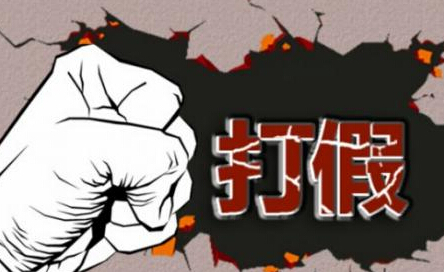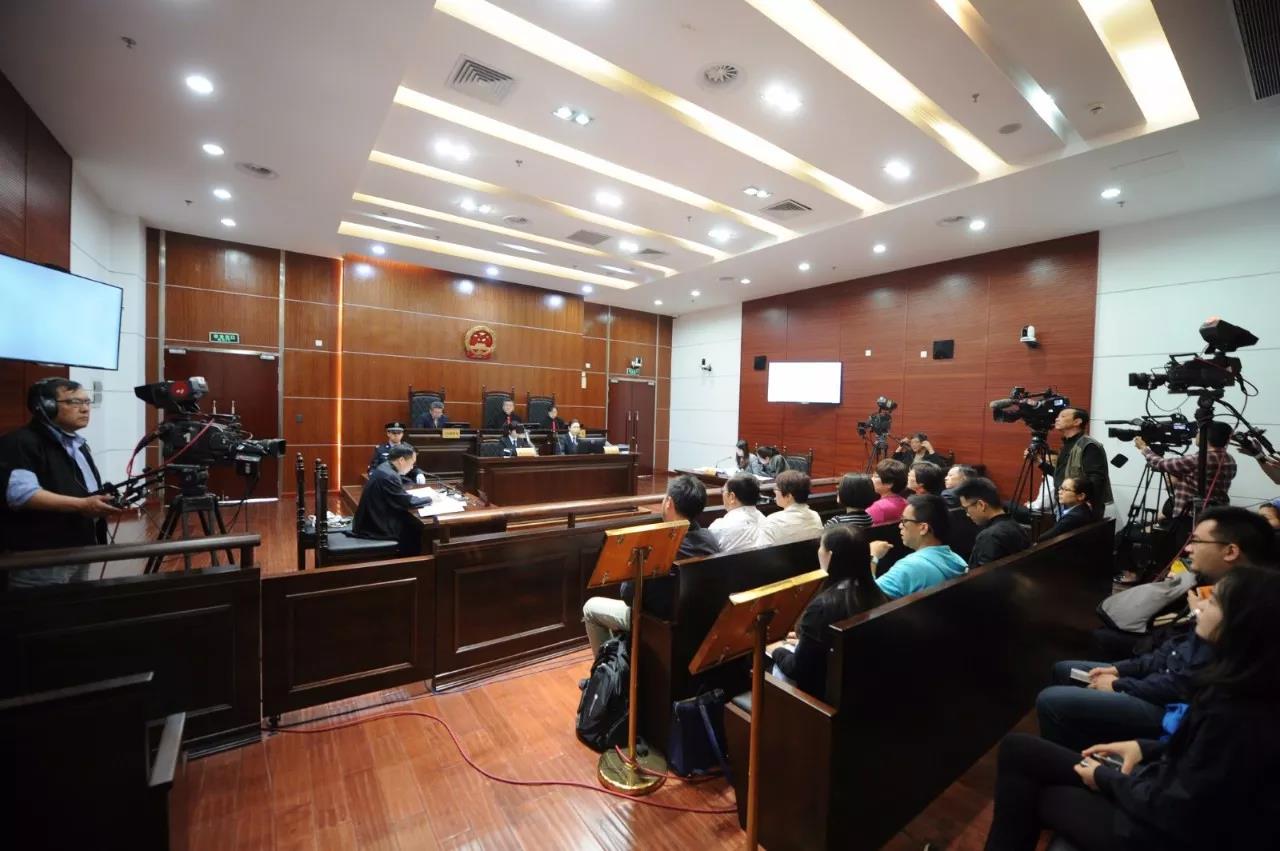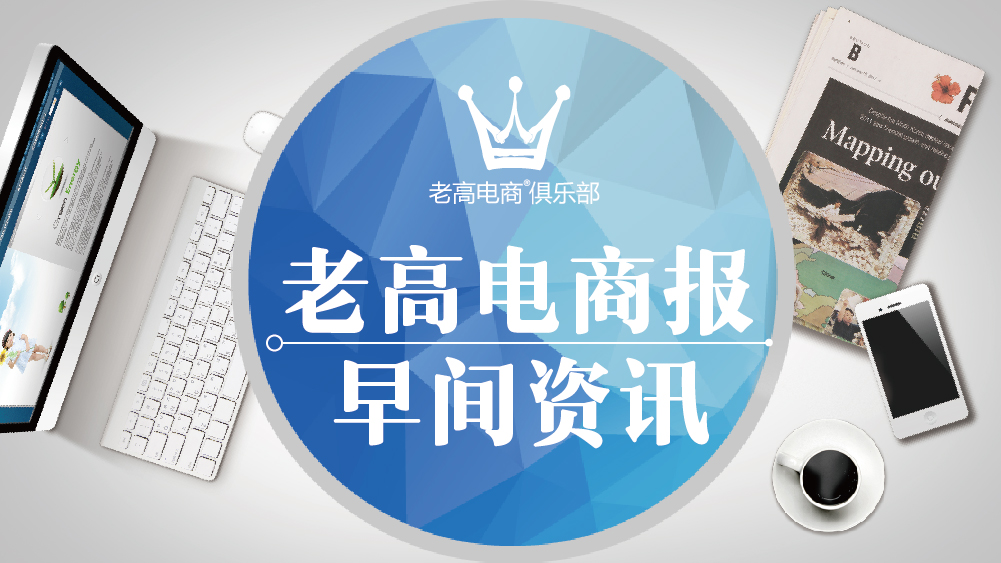Unconsciously, it has been 45 days since the introduction of the new cross-border e-commerce policy, but the game related to it has not stopped. In the past half month, the entire industry chain of China's imported B2C cross-border e-commerce has been "waiting for the wind". This trend is to set up a "one-year transition period" for the new cross-border e-commerce policy, and temporarily shelve the "customs clearance order" that caused the industry circuit breaker.
The First Financial Daily learned from authoritative channels that the final implementation opinions of the General Administration of Customs, the General Administration of Quality Supervision, Inspection and Quarantine and other departments on the "one-year transition period" have been finalized and the issuance process has begun.
However, before the policy was finally officially implemented in the form of public documents, the industry's anxiety still did not stop, and even the industry began to discuss what would go one year later. A business owner told the First Financial Daily that the well-known goal is to survive, but in the face of such policy fluctuations, no one dares to say how long it can live.
However, before the policy was finally officially implemented in the form of public documents, the industry's anxiety still did not stop, and even the industry began to discuss what would go one year later. A business owner told the First Financial Daily that the well-known goal is to survive, but in the face of such policy fluctuations, no one dares to say how long it can live.
"Buffer" policy is about to be released soon
The original intention of the "New Overseas Shopping Policy" officially implemented on April 8 was to return to tax fairness and trade fairness, but it was eventually interpreted as an execution problem that had nothing to do with fairness.
Information from various channels shows that the "transition period" policy is about to be released. However, the way information is spread is quite unique. Starting last Thursday night, the news spreads in various channels, either light or dark at an asymmetric speed. At the juncture of facing the test of life and death, some anxious industry companies have learned more or less prompts through verbal reminders from core departments and government personnel.
The First Financial Daily previously reported that on May 5, after the preliminary investigations by various ministries and commissions, the central ministries and commissions held high-level coordination meetings, and finally formed a unified opinion to promote the development of the industry: retain tax rate adjustments and positive lists, and other one-year transition period is extended according to the original pilot method until a new reasonable supervision method is formed. Since then, policy adjustments have entered the signing process and are coming to an end soon.
One of the people close to the decision-making explained that the core information of the entire document emphasizes the transition period of one year, during which the customs clearance form can be temporarily shelved, and one year later, it will still be done according to the overall tax reform idea. This means that the industry pain point during the implementation of the new policy - the customs clearance form, may temporarily lift the alarm.
The most important issue lies in a customs clearance form. Both batches of front lists show that when online shopping bonded goods enter the area, the customs clearance form must be checked according to the goods and the customs clearance form notes when the "second line" is exited. This customs clearance form means that in the future, all cross-border e-commerce companies entering bonded areas will have to apply for various entry permits according to general trade methods, and the requirements for food, medicine, health products, and formula milk powder are particularly strict.
The strict requirements for customs clearance bills have led to the inability of many companies to enter the bonded area through normal channels since the implementation of the new policy on April 8. As inventory goods are sold one after another, many companies are facing the embarrassing situation of circuit breaker.
But some signals still make companies feel panic. On May 15, the General Administration of Quality Supervision, Inspection and Quarantine issued the "Explanation on the Customs Clearance Policy for Cross-border E-commerce Retail Import", which still emphasized that in accordance with the inspection and quarantine laws and regulations, imported goods inspected by law should go through customs clearance procedures based on customs clearance forms issued by inspection and quarantine agencies. The new policy on cross-border e-commerce retail imports clarifies the goods attributes of cross-border e-commerce goods, and inspection and quarantine should be issued in accordance with the law.
It is better to be loose than to be blocked
Before and after the release of this new policy, which lasted more than two months, many companies experienced a bumpy mental journey. Although they expressed excitement at the news of the year-end buffer period, "what to do after a year"?
The mental journey of the person in charge of a medium-sized cross-border e-commerce platform in the industry is quite representative. He described to our reporter that he had been engaged in general trade and retail channel arrangements for many years, and through private channels, he obtained information on possible fine-tuning of the policy at the end of 2015. He began to actively deploy the proportion of general trade/cross-border e-commerce channels, transfer some goods to overseas warehouses through containers and send them back to China by direct mail.
He was excited at the beginning. Tax collection means that the overall positioning of the industry has been recognized by national policies. Companies that operate only by low prices and order brushing may be reshuffled and eliminated.
"But as soon as the policy came out, I was still confused when I saw the positive list. A large number of goods had to be taken off the shelves. Then, the second batch of lists came out again. The customs clearance form required a large number of new goods to be unable to enter the customs, and the company faced a life-and-death test." He said.
Capital has a keen sense of smell. Seeing that a group of late-run companies were facing difficulties in financing, the funds that had been negotiated began to withdraw completely, and some companies were unable to sustain themselves and had to face bankruptcy.
His own life was barely supported. According to the policy requirements, some products began to be removed from the shelves, and the capital investment of domestic bonded warehouses began to decrease. In this process, departments and layoffs had to be cut.
"The entire industry is laying off employees, and some platforms simply unilaterally interrupt the cooperation of suppliers, but suppliers have invested a lot of money in hard assets such as warehousing and logistics. The two sides confront each other, and the situation is very embarrassing." He said, "A lot of resources must be invested in adjusting product structure and categories. The short-term violent policy fluctuations have brought a lot of economic losses to our entire industry."
An overseas brand that has entered a well-known cross-border e-commerce platform in China for the first time was also quite emotional.
The new policy is caught off guard, and all products of the brand that cost more than 2,000 yuan must be removed within one day. If these products that have entered the bonded area warehouse are unsubscribed, they will face high freight costs. After they considered it thoroughly, they discounted the original value of 3,000 yuan to 1,800 yuan to 1,900 yuan to clear the inventory, or gave back to old customers through lottery and other methods.
In the face of fluctuations, different companies have completely different expectations for the future. They believe that some companies that are highly sensitive to the risks of policy fluctuations have begun to consider or be forced to withdraw from China's cross-border e-commerce market, while others that have accumulated a lot of cash flow in the early stage continue to wait and see, thinking about survival in this fluctuation first.
More companies are beginning to think, what should I do in a year?
Several cross-border e-commerce platform leaders asked our reporter that their core high-end customers are overseas brands that originally planned to deepen their cultivation in the Chinese market through cross-border e-commerce platforms. So how do you explain to these customers whether this business can continue in the next year?
If we look at it from another perspective, the sunny imported B2C cross-border e-commerce business is just the tip of the iceberg of China's huge overseas shopping market.
How to finally determine the essence of the emerging business model of imported B2C cross-border e-commerce through guidance, while ensuring the traceability of tax fairness, trade fairness, and consumer goods quality and safety is required.
The escalating actual demand for high-quality consumer goods by Chinese middle-class consumers is an important reason why capital such as PE/VC is optimistic about the overall industry, and it is also the core of the aforementioned companies struggling to continue to operate on life and death.
The aforementioned business owner who is still optimistic about the imported B2C cross-border e-commerce industry told the First Financial Daily that consumer demand is rigid and policy changes are only the impact of changing the pathway. There are too many channels. Even if the bonded postage model is completely dead, it is just a conversion channel to become direct mail delivery in overseas warehouses or "human meat" purchasing agents.
According to relevant customs data, the total scale of cross-border import bonded in 2015 was 17.6 billion yuan. According to incomplete statistics, the scale of overseas shopping last year was 300 billion yuan and outbound travel shopping was 1.5 trillion yuan. Wang Haobai, associate professor at the Urban School of Zhejiang University, estimated through customs data that the B2C imports of the entire industry, including gray overseas shopping, will be 1 trillion yuan; considering the policy changes, it will increase to 1200 billion yuan in the next five years.
Now, some cities that were not originally a pilot city for cross-border e-commerce have begun to feel the surging trend of cross-border shopping. Ran Hui, deputy director of Beijing Customs, said that in April last year, Beijing began to truly operate the direct mail customs clearance model of cross-border e-commerce. After a year of exploration, the growth rate this year is very fast, and the import volume of cross-border e-commerce in the first quarter was about 1.5 times that of last year.
After the unified tax policy is unified, it is a good thing for Beijing, which was not a pilot city for cross-border e-commerce. Although compared with the direct mail model, the bonded model of pilot cities such as Ningbo and Shanghai will be lower in logistics costs for cross-border e-commerce operators through large-scale imports. But now due to the unified tax rate, merchants may consider the cost in a comprehensive way, such as which cities will be closer to consumers to enter the country.






 EN
EN CN
CN
